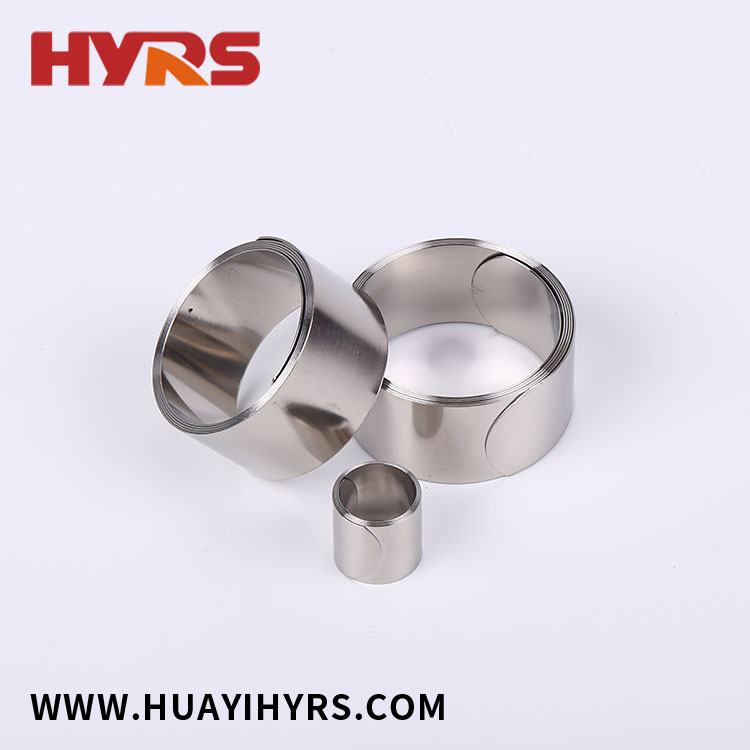Examples of Constant Force Spring Use Cases
2024-06-14
A constant force spring, also known as a constant force spring motor, is a type of spring that exerts a nearly constant force over its range of motion. Unlike traditional springs, where the force increases with displacement according to Hooke's Law, a constant force spring maintains a relatively consistent force regardless of the extension or compression. Here are some key details about constant force springs:
Design and Function
- Structure: Typically, a constant force spring is made from a pre-stressed strip of flat metal, usually high-carbon steel or stainless steel, wound tightly into a coil.
- Mechanism: When the spring is uncoiled or extended, it exerts a nearly constant force. This occurs because the internal stress in the material remains constant as it uncoils.
- Operation: The force is generated by the material's tendency to return to its original, tightly coiled shape. As the spring is extended, the strip unwinds but continuously attempts to recoil, creating a constant pull.
Applications
Constant force springs are utilized in various applications where a consistent force is needed. Some common examples include:
- Retractable Mechanisms: Used in devices like seat belts, tape measures, and cable retractors.
- Counterbalances: Found in applications such as sliding doors, windows, and adjustable chairs.
- Medical Devices: Employed in applications like syringe pumps and infusion pumps where consistent pressure is critical.
- Electrical and Mechanical Devices: Used in applications like motor brushes, where a constant contact force is required.
Advantages
- Consistent Force: Provides a reliable and steady force over the entire range of motion.
- Durability: Generally durable and capable of withstanding numerous cycles of extension and retraction.
- Compact Design: Can store a significant amount of energy in a relatively small space.
Limitations
- Complex Manufacturing: The production process can be more complex and costly compared to traditional springs.
- Specific Applications: Not suitable for applications requiring variable force.
- Material Constraints: Performance can be affected by the properties of the material used, such as fatigue resistance and corrosion resistance.
Key Parameters
When designing or selecting a constant force spring, several key parameters should be considered:
- Force Rating: The constant force the spring is designed to exert.
- Extension Range: The maximum length to which the spring can be extended while maintaining a constant force.
- Material: The type of metal used, which affects the spring’s performance characteristics, including durability and resistance to environmental factors.
Examples of Constant Force Spring Use Cases
- Roller Blinds: Used to provide a consistent retracting force for smooth operation.
- Balancing Systems: Employed in counterbalancing systems for ergonomic equipment, such as adjustable monitors and keyboard trays.
- Medical Devices: Provide precise control in medical instruments, ensuring consistent performance and reliability.
Constant force springs are a unique and highly specialized type of spring that provide a consistent force, making them invaluable in applications where traditional springs would not be as effective.



